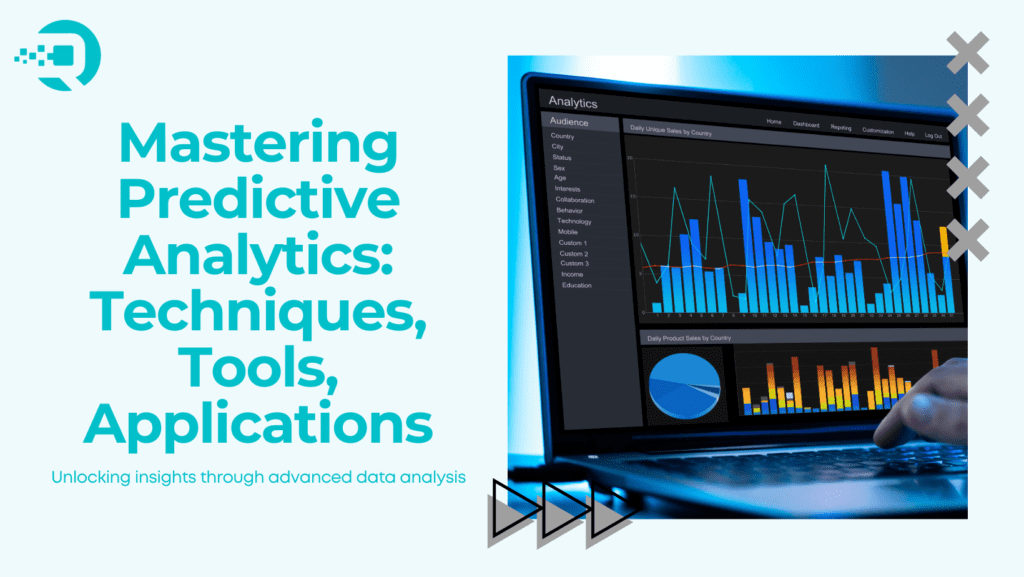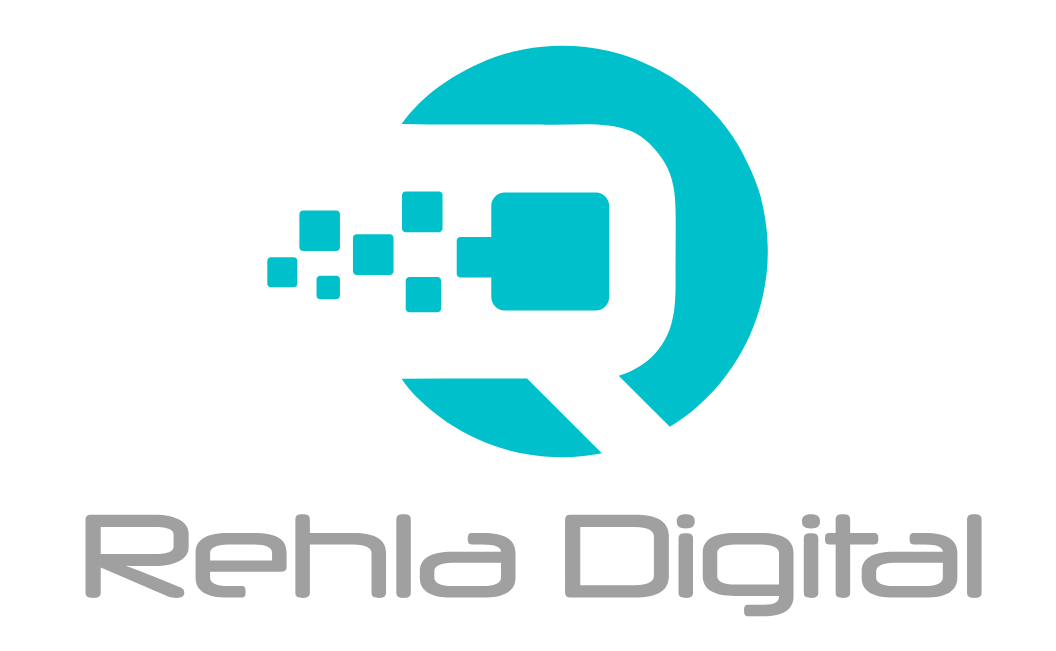Predictive Analytics in Data Analytics
Predictive analysis in data analytics is a process where historical data is used to make predictions about future events or trends. It involves using statistical techniques and machine learning algorithms to analyze past data and identify patterns. These patterns help businesses forecast what might happen in the future, such as predicting customer behavior, market trends, or potential risks. The main goal of predictive analysis is to provide actionable insights that help organizations make informed decisions and stay ahead of the competition.
Predictive analytics involves using historical data and statistical algorithms to predict future events. It helps businesses answer the question, “What is likely to happen?” and enables them to anticipate trends, customer behaviors, and potential risks.
Let’s dwell deeper and study about key features, techniques, tools and real life applications that help pull the knowledge pull through as we experiment and learn on how mind bending and mind blowing predictive analysis can get as we get the hang of it.

Key Techniques in Predictive Analytics
- Regression Analysis
- Linear Regression predicts the value of a dependent variable based on the value of one or more independent variables.
- Logistic Regression is used for binary classification problems where the outcome is a categorical variable.
- Decision Trees
- This technique uses a tree-like model to make decisions based on input features, splitting data into subsets based on significant predictor variables.
- Neural Networks
- Inspired by the human brain, neural networks consist of interconnected nodes (neurons) that recognize patterns and make predictions.
- Time Series Analysis
- Techniques like ARIMA (AutoRegressive Integrated Moving Average) and exponential smoothing analyze time-ordered data points to forecast future values.
- Clustering
- Grouping similar data points together helps identify patterns and segments within the data. Techniques include K-means clustering and hierarchical clustering.
- Random Forest
- This ensemble learning method builds multiple decision trees and merges their predictions for a more accurate and robust outcome.
Popular Tools for Predictive Analytics
- Python and R
- These programming languages have extensive libraries for data analysis, machine learning, and statistical modeling.
- SAS
- A powerful analytics software suite that offers advanced predictive modeling, machine learning, and data mining capabilities.
- IBM SPSS
- A comprehensive statistical software platform providing advanced predictive analytics techniques.
- RapidMiner
- This data science platform offers tools for data preparation, machine learning, and predictive analytics with a user-friendly interface.
- H2O.ai
- An open-source machine learning platform that provides scalable and fast predictive analytics solutions.

Real-World Applications of Predictive Analytics
- Customer Relationship Management (CRM)
- Churn Prediction: Identify customers likely to leave and implement retention strategies.
- Customer Lifetime Value (CLV) Prediction: Estimate the total value a customer will bring over their entire relationship with the company.
- Finance and Banking
- Credit Scoring: Assess the creditworthiness of applicants by predicting the likelihood of default.
- Fraud Detection: Identify suspicious transactions and patterns that may indicate fraudulent activity.
- Healthcare
- Disease Outbreak Prediction: Forecast the spread of diseases to take preventive measures.
- Patient Outcome Prediction: Predict patient recovery rates and potential complications based on historical health data.
- Retail
- Demand Forecasting: Predict future product demand to optimize inventory and supply chain management.
- Personalized Marketing: Recommend products to customers based on their past purchases and browsing behavior.
- Manufacturing
- Predictive Maintenance: Forecast equipment failures to schedule timely maintenance and reduce downtime.
- Quality Control: Identify factors that affect product quality and predict potential defects.
- Energy and Utilities
- Energy Consumption Forecasting: Predict future energy demand to optimize production and distribution.
- Grid Management: Identify potential outages and manage grid stability through predictive analytics.
Predictive analytics has become a cornerstone of modern business strategy, enabling organizations to anticipate and respond to future challenges and opportunities. By leveraging advanced techniques and tools, businesses can unlock valuable insights from their data, improve operational efficiency, enhance customer satisfaction, and drive innovation. As technology continues to evolve, the potential applications of predictive analytics will only expand, offering even greater possibilities for data-driven decision-making.

